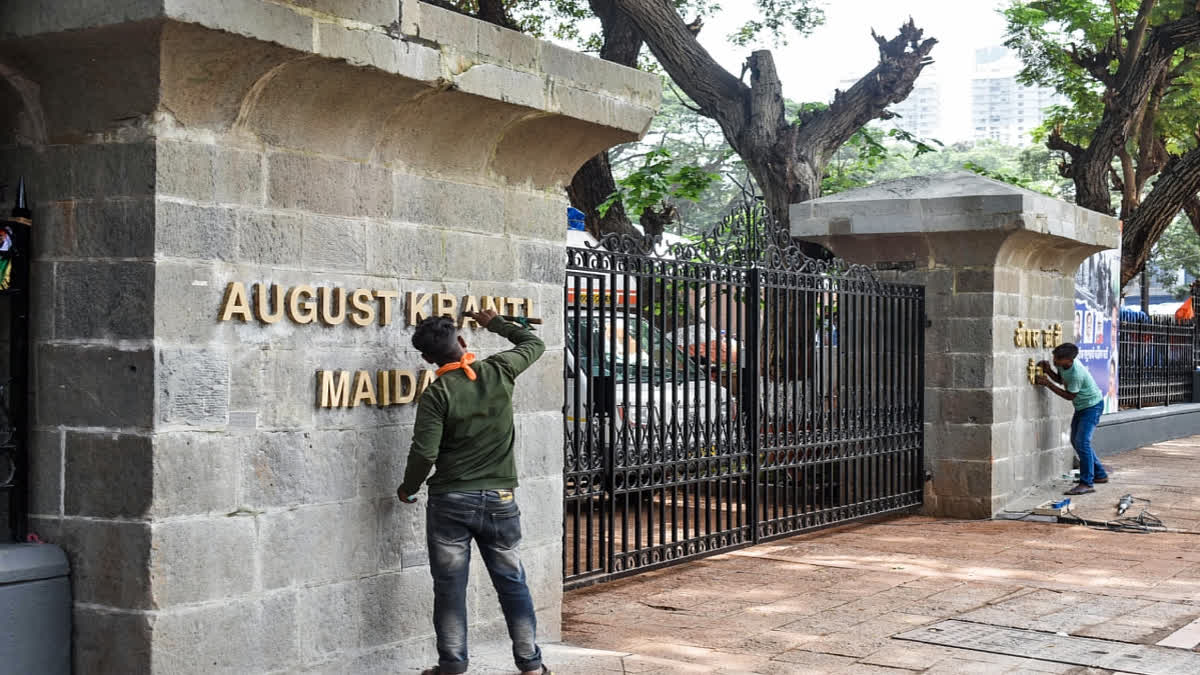Hyderabad:August 9 is celebrated as the August Kranti Diwas. A resolution to start the 'Bharat Chodo Andolan', also known as the 'Quit India Movement', was introduced at the Bombay session on August 8, 1942, by Mahatma Gandhi and the All-India Congress Committee (AICC). The goal of this civil disobedience campaign was to overthrow British rule in India. Mahatma Gandhi gave the slogan 'Do or Die'.
Significance of 9th August
In the Bombay session on August 8, 1942, the Congress passed a resolution to start the Quit India Movement, to be led by Mahatma Gandhi. People from all over the nation joined it the following day, August 9, and the movement quickly gained traction. On this day, Mahatma Gandhi was also taken into custody.
The Quit India Movement persisted without the traditional Congress leadership. People from various backgrounds, including students, workers, and peasants, strongly supported the movement. As a result of the movement, British authorities started taking discussions about Indian independence more seriously.
Facts on the Movement
August 9 is celebrated as August Kranti Diwas in India. It marks the anniversary of the Quit India Movement that strengthened the fight against colonial rule.
The movement’s slogans were 'Quit India'or ‘Bharat Chodo'. It aimed to peacefully urge the British to grant India independence, following the Congress ideology of non-violence.
The Quit India Resolution was passed by the Congress Working Committee on August 8, 1942, in Bombay. The resolution demanded an immediate end to British rule, the formation of a provisional government, and civil disobedience against British rule.
Mahatma Gandhi issued instructions to different groups: government servants were to proclaim loyalty to the INC, soldiers were urged not to fire on compatriots, peasants were advised regarding rent payment, students were given the option to leave studies, and princes and people of princely states were called upon to support the movement.
Impact of August Kranti
New leaders like Ram Manohar Lohia, JP Narayan, Aruna Asaf Ali, and Usha Mehta emerged after the top Congress leaders were arrested
The authorities used violence to stop the Quit India Movement, leading to nearly 100,000 arrests, including women and children
The Indian National Congress was declared illegal and banned by the British government
Mahatma Gandhi was released from house arrest in 1944 due to poor health
Loyalty to the government declined significantly, showing the depth of nationalism
